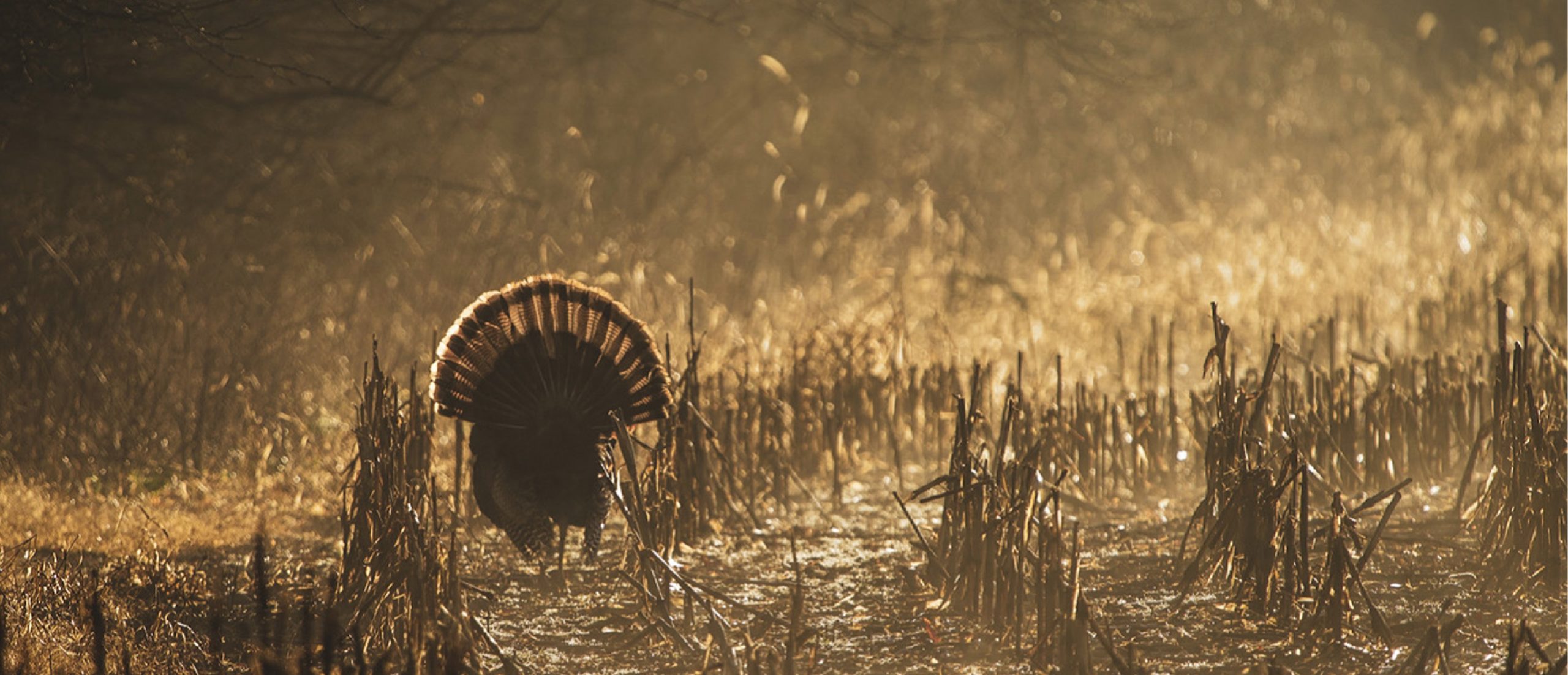Husker-led study to focus on Nebraska’s wild turkey populations
Through a new study, University of Nebraska–Lincoln researchers seek to understand wild turkey populations across Nebraska, including survival and harvest rates and resource selection.
The five-year study, funded by a $1.8 million grant from the Nebraska Game and Parks Commission, is a collaboration among Nebraska U., the Nebraska Cooperative Fish and Wildlife Research Unit and the University of Georgia.
Nebraska currently has limited information on wild turkey reproduction, their distribution across various landcover types, their genetic diversity or the effects of hunter harvest. Each of these variables plays a role in wild turkey population numbers, which have shown a general decline across the state in recent years.
“This project will provide insight into the dynamics of our turkey populations, which have declined about 45% in the past 15 years,” said Luke Meduna, big game program manager for the Nebraska Game and Parks Commission, citing numbers based on rural mail carrier surveys.
The study aims to set a baseline for wild turkey numbers, their annual reproduction and survival rates, their resource selection and movements. Data collected will be used to inform management decisions of this important game bird species.
Researchers will focus their efforts primarily in southwest Nebraska and the Pine Ridge area, where wild turkeys will be captured, banded and outfitted with GPS units over the next three years. Turkeys will be monitored throughout the year, with an emphasis on nesting and roost locations during peak seasons.
“This research will be the first of its kind in Nebraska,” said Andrew Little, assistant professor in the School of Natural Resources at Nebraska and co-lead on the project. “Nebraska is considered a destination wild turkey hunting state for many resident and non-resident hunters. With recent evidence of general population declines from Nebraska Game and Parks biologists and many other states across the U.S., now is the time to improve our understanding of wild turkey populations. This research will ensure the Nebraska Game and Parks Commission and landowners across Nebraska have the most current information to make informed land management decisions for wild turkey populations.”
The research team, which includes Little’s Applied Wildlife Ecology and Spatial Movement Lab and the Nebraska Cooperative Fish and Wildlife Research Unit, will work closely with the Nebraska Game and Parks Commission and Nebraska landowners over the course of the study.
Learn more about the NWTF's role in this project here.
